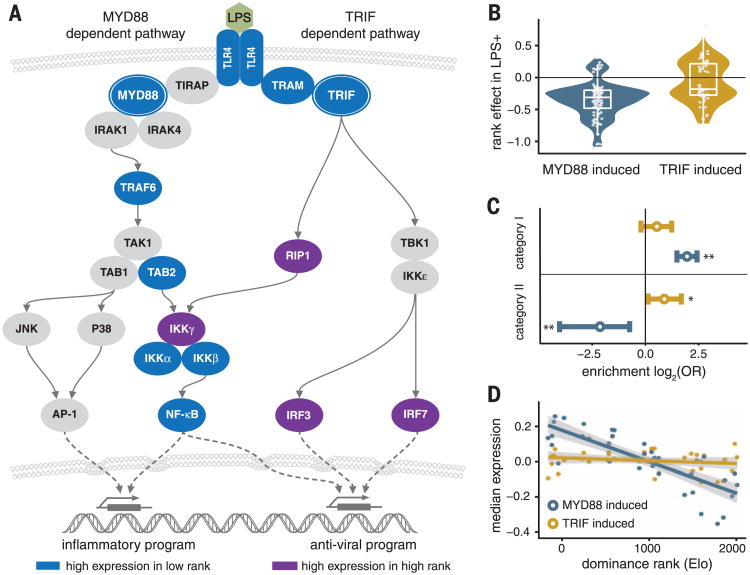Fig. 4. Dominance rank polarizes TLR4 responses to LPS stimulation.
(A) Key players in the MyD88-dependent and TRIF-dependent response to LPS-induced TLR4 signaling. Rank-responsive genes in these pathways are shown in blue (category I genes) and purple (category II genes). (B) Rank-responsive genes that are up-regulated upon stimulation via the MyD88 pathway (“MyD88-induced”) are almost universally (89.3%) more highly expressed in low-status females in the LPS+ condition, whereas TRIF-induced, rank-responsive genes are split (Mann-Whitney test for the difference between MyD88-induced and TRIF-induced genes: P = 8.31 × 10−7). (C) MyD88-induced genes are overrepresented among category I genes [FET log2(OR) = 1.95, P = 1.6 × 10−15] but significantly underrepresented in category II [log2(OR) = −2.14, P = 4.1 × 10−4]. TRIF-induced genes are significantly overrepresented in category II [log2(OR) = 0.89, P = 0.04]. (D) Median gene expression levels across all MyD88- and TRIF-induced genes for each female, by female dominance rank.

